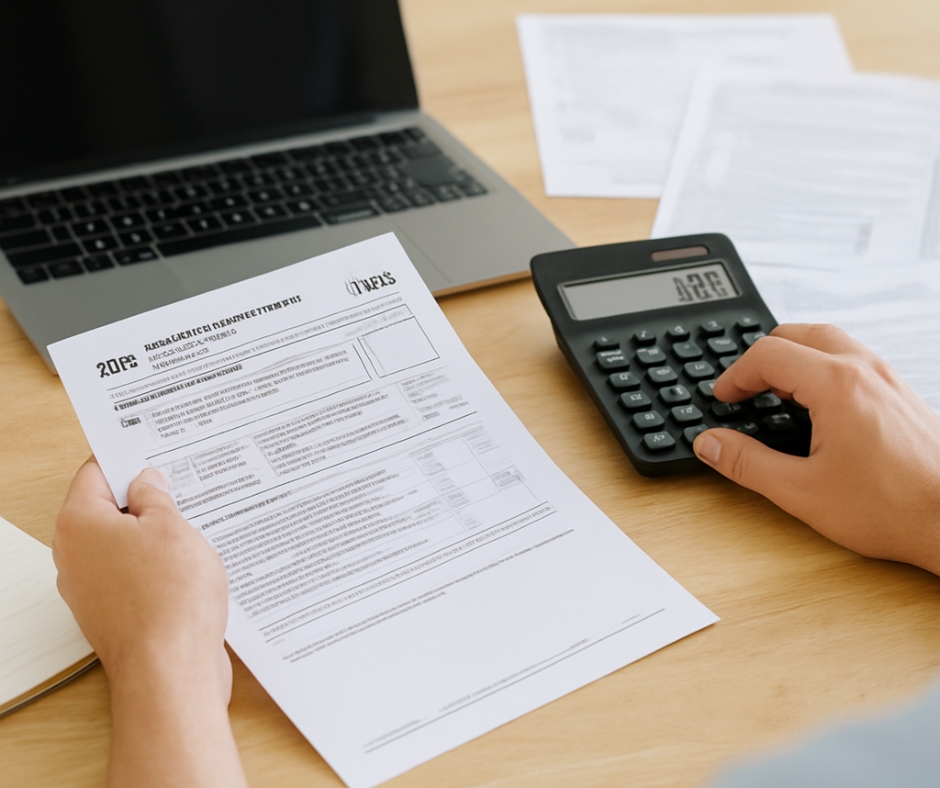Data is one of the most powerful tools available to businesses today. Whether you’re running an e-commerce store, a B2B service, or a retail operation, the ability to collect, analyze, and act on data can be the difference between stagnant sales and exponential growth. If you are not using data to improve sales, you are leaving valuable opportunities on the table. In this in-depth guide, I’ll explore the various ways data can optimize your sales strategy and how you can use analytics to increase revenue, improve efficiency, and strengthen customer relationships.
Understanding Sales Data
Before you can use data effectively, you need to understand what it is and how it works in the context of sales. Sales data includes all the quantitative and qualitative information gathered from customer interactions, transactions, and marketing efforts.
Common sources of sales data include:
- CRM Systems: Platforms like Salesforce and HubSpot collect and store customer interactions, purchase histories, and contact details.
- E-commerce Analytics: Google Analytics and Shopify reports provide insights into website traffic, conversion rates, and customer behavior.
- Point-of-Sale (POS) Systems: Retail businesses track in-store purchases, customer demographics, and inventory data.
- Marketing Campaign Reports: Email open rates, social media engagement, and ad performance metrics contribute to sales insights.
- Customer Feedback & Surveys: Reviews, Net Promoter Scores (NPS), and direct feedback provide valuable qualitative data.
By analyzing this information, businesses can determine what drives sales, identify patterns, and create data-backed strategies for improvement.
Key Performance Indicators (KPIs) for Sales
Key Performance Indicators (KPIs) help businesses measure success and identify areas needing improvement. Without monitoring these crucial metrics, sales teams risk making decisions based on assumptions rather than evidence.
Essential Sales KPIs:
- Lead Conversion Rate: The percentage of leads that turn into paying customers.
- Customer Lifetime Value (CLV): The total revenue a business can expect from a customer throughout their relationship.
- Average Deal Size: The average revenue per sale, helping businesses focus on high-value deals.
- Customer Acquisition Cost (CAC): The cost of acquiring a new customer, including marketing and sales expenses.
- Sales Cycle Length: The time it takes to close a deal from the first interaction to purchase.
- Churn Rate: The percentage of customers who stop purchasing within a given period.
Tracking these KPIs allows businesses to refine their sales approach and allocate resources where they generate the most return.
Analyzing Customer Behavior
Understanding customer behavior is critical for developing a targeted sales strategy. Data-driven insights help businesses anticipate customer needs, tailor their offerings, and improve engagement.
How to Analyze Customer Behavior:
- Website Analytics: Track page views, session duration, bounce rates, and conversion paths to understand how visitors interact with your website.
- Customer Segmentation: Divide customers into categories based on demographics, buying history, and behavior to personalize marketing and sales approaches.
- Heatmaps & Click Tracking: Use tools like Hotjar to see where customers are clicking and how they navigate your website.
- Social Media Insights: Analyze engagement levels, comments, and shares to understand what content resonates with your audience.
- Customer Journey Mapping: Identify each touchpoint a customer experiences before making a purchase.
By leveraging this data, businesses can optimize their messaging, enhance the customer experience, and increase conversions.
Real-Time Sales Tracking
Gone are the days when businesses had to wait weeks or months to assess sales performance. With real-time sales tracking, companies can monitor sales activities as they happen, enabling quick adjustments and informed decision-making.
Benefits of Real-Time Tracking:
- Immediate Performance Insights: Identify which products are selling well and which are underperforming.
- Faster Decision-Making: Adjust marketing campaigns, pricing, or inventory levels based on real-time data.
- Competitive Advantage: React to market trends before competitors by identifying demand fluctuations.
- Improved Sales Team Efficiency: Sales managers can track individual sales reps’ performance and provide instant coaching.
Real-time tracking tools, such as sales dashboards, CRM platforms, and AI-powered analytics, empower businesses to stay ahead in a dynamic marketplace.
Predictive Analytics for Sales
Predictive analytics takes historical data and applies machine learning algorithms to forecast future sales trends. Businesses that implement predictive analytics can anticipate demand, optimize pricing, and improve resource allocation.
How Predictive Analytics Enhances Sales:
- Demand Forecasting: Predict future product demand and avoid stock shortages or overstocking.
- Customer Behavior Prediction: Identify high-intent buyers and tailor outreach accordingly.
- Lead Scoring: Assign values to leads based on their likelihood to convert.
- Dynamic Pricing Strategies: Adjust pricing in real-time based on demand and customer willingness to pay.
- Churn Prevention: Detect early signs of customer disengagement and implement retention strategies.
Predictive analytics tools like Google Cloud AI and IBM Watson allow businesses to make data-driven sales decisions with greater accuracy.
Data-Driven Sales Optimization
Optimizing your sales strategy based on data ensures that your efforts are directed toward the most effective tactics. Companies that rely on intuition rather than analytics risk inefficiencies and lost revenue opportunities.
Steps to Optimize Sales with Data:
- A/B Testing: Experiment with different pricing models, messaging, and sales pitches to determine what works best.
- Personalization: Use customer data to tailor email campaigns, product recommendations, and sales interactions.
- Sales Funnel Analysis: Identify bottlenecks in the sales process and streamline customer journeys.
- Competitor Benchmarking: Compare your sales data with industry competitors to find opportunities for improvement.
- Sales Team Performance Monitoring: Use data to assess individual and team performance and implement targeted training programs.
When sales strategies are continuously refined using data insights, businesses achieve higher efficiency and revenue growth.
Tools for Sales Data Analysis
Using the right tools makes data collection, analysis, and reporting easier. Businesses that invest in sales analytics platforms gain a competitive edge by making informed decisions quickly.
Top Sales Analytics Tools:
- Salesforce: A robust CRM with real-time analytics and automation capabilities.
- Google Analytics: Essential for tracking website traffic and conversion rates.
- HubSpot: A marketing and sales platform that integrates CRM, analytics, and automation.
- Power BI: A Microsoft tool for interactive data visualization and business intelligence.
- Tableau: Advanced data analytics and reporting software for sales teams.
Selecting the right tool depends on your business size, industry, and specific sales needs. Integrating these platforms with your CRM ensures seamless data flow and analysis.
Final Thoughts
Data is no longer optional for businesses that want to stay competitive. Companies that leverage data to improve sales enjoy better decision-making, enhanced customer relationships, and higher revenue. By implementing real-time tracking, predictive analytics, and performance monitoring, you can transform your sales strategy and drive sustainable growth.
If you’re not using data to its fullest potential, now is the time to start. The insights you gain will guide you toward smarter, more profitable business decisions.













